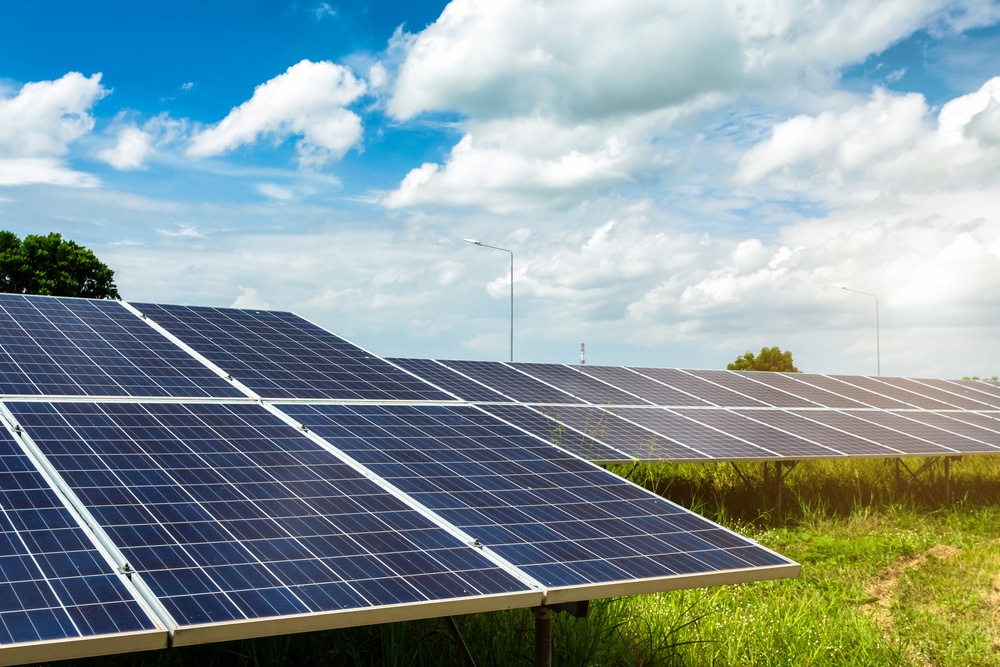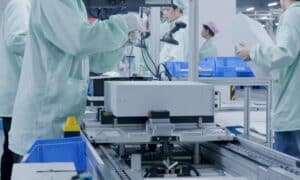The sun is an integral driver of renewable energy, and many homes and businesses are turning towards solar solutions as we transition away from fossil fuels. It is a highly affordable and almost limitless resource that has no harmful emissions that can contribute to climate change.

There are some fascinating facts about this form of renewable resource, including:
The sun is used to charge some pretty weird stuff
We all know about rooftop panels that are used to power homes and businesses. But these panels have been installed on some unique objects over the years, including:
- Smart bins: Using sensors and renewable energy, these bins can detect when they are full, then compress their load to make more room.
- Beehives: Work is underway to use panels to air-condition beehives. The cooler a hive gets, the more honey the bees will produce.
- Keyboards: Logitech has been selling solar keyboards for some time now, and they will function in complete darkness for three months on a full charge. Keyboards aren’t the hugest drain on the electricity bill, but every bit counts, right?
NASA has been using this technology since the 1950s
After the first silicon solar cell was invented in 1954, NASA quickly seized on the technology. It was used to power Vanguard 1, which is the oldest artificial satellite still in orbit. It has clocked up over 10 billion kilometres over the years.
The sun provides enough energy in one hour to power the planet for a year
If the technology existed to capture every single ray of light delivered across the planet by the sun, we could collect enough energy to power our world in just one hour. The sun provides us with 430 quintillion watts of energy every day. That is 430 with another 18 zeroes added.
Panels might exist in space soon
The latest space race has the world’s largest nations scrambling to find a way to build solar plants in space. They would be close to the sun, so they would able to harvest much more energy, but the technology behind beaming it back to earth is in its extreme infancy. Still, China believes it will win the race and have an operational power plant in space by 2050.
This technology will become better the more we use it
Greenhouse and carbon emissions have covered our planet in a layer of pollution that limits the volume of sunlight that can get through. The more we transition away from fossil fuels, the less pollution there will be, and the more sunlight will reach the surface so we can harvest its power.
Solar has been the cheapest renewable resource for five years
The official tipping point came in 2016 when utility-scale and rooftop PV systems narrowly edged out wind and fossil fuels to become the cheapest resource on the planet. As technology has improved and uptake has increased since then, the gap has widened even further.
Would you like to take advantage of solar to drive down your electricity bills? Contact our team on 1800 EMATTERS or email us to get your free solar quote today.











































